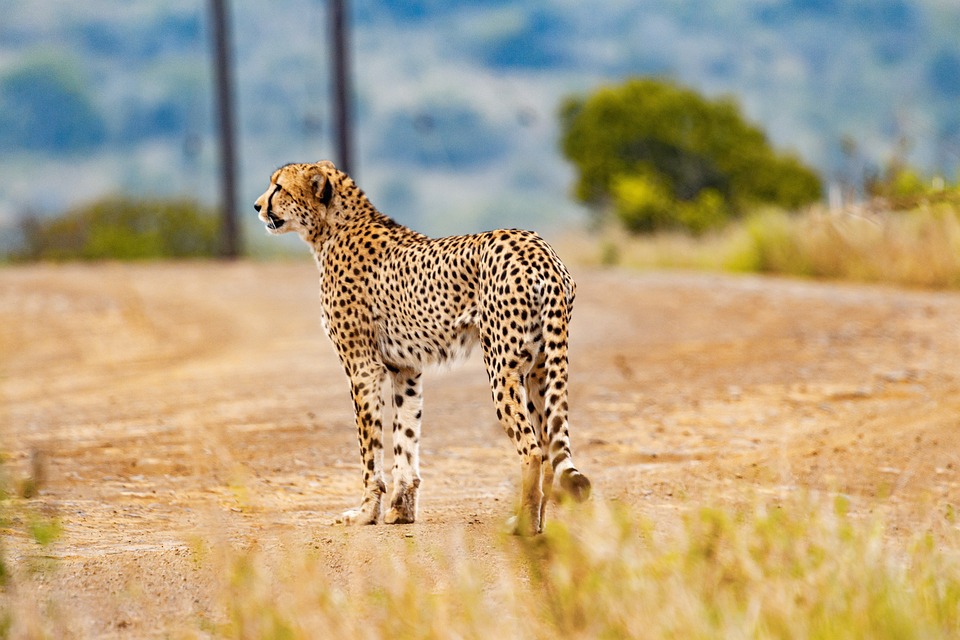The Endangered Species Act (ESA) has been a crucial tool in protecting at-risk species in the United States for the past five decades. Enacted in 1973, the ESA has successfully prevented the extinction of 99% of the species listed under it. Despite its effectiveness, ongoing efforts by special interests to weaken the law pose a threat to vulnerable species. For example, a recent House bill aimed to reduce protections for North Atlantic right whales, northern long-eared bats, gray wolves, and grizzly bears, highlighting the continuous battle to safeguard wildlife.
The ESA not only protects species within the U.S. but also supports conservation efforts globally. It enforces the Convention on International Trade in Endangered Species (CITES), a global agreement aimed at regulating international trade in threatened species. With over 2,365 animal species currently listed as endangered or threatened under the ESA, the impacts of the climate crisis pose a significant threat to their survival. Organizations like the Center for Biological Diversity have identified 350 species in the U.S. and its territories that are at risk due to climate change.
The ongoing sixth mass extinction, primarily caused by human activities, is a critical concern for biodiversity. The destruction of habitats, unsustainable land use, and the burning of fossil fuels are driving factors behind the decline of wildlife populations. Scientists predict that up to 35% of animal species could face extinction by 2050 due to global warming. The alarming rate of population declines and extinctions poses a threat to essential ecological functions that support human life, such as climate stability and food production.
In Rhode Island, nearly 100 state-listed endangered and threatened animals are at risk of disappearing, including species like the wood turtle, northern diamondback terrapin, and northern spring salamander. The loss of these species due to habitat destruction underscores the urgent need for conservation efforts to protect biodiversity. The impact of the climate crisis on wildlife is evident, with freshwater fish populations facing extinction due to warming temperatures, overfishing, and pollution.
Zoos and aquariums play a crucial role in wildlife conservation by raising awareness, conducting research, and participating in species recovery programs. Accredited institutions under the Association of Zoos & Aquariums (AZA) invest millions of dollars annually in conservation efforts for threatened and endangered species. These facilities also engage in breeding programs, education initiatives, and advocacy to protect wildlife and their habitats.
While zoos and aquariums have faced criticism for their role in captivity, many institutions have shifted their focus towards education and conservation. By promoting awareness, supporting research, and participating in species survival plans, zoos and aquariums contribute to the protection of endangered species. Efforts to conserve coral reefs, such as the World Coral Conservatory’s initiative to create a bank of corals for repopulation, highlight the importance of collaborative conservation efforts.
In conclusion, the conservation of endangered species is a collective responsibility that requires action at both individual and institutional levels. Despite the challenges posed by the climate crisis and human activities, efforts to protect wildlife and their habitats remain crucial. By supporting conservation initiatives, raising awareness, and advocating for policy changes, we can work towards preserving biodiversity and ensuring a sustainable future for all species.





